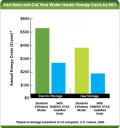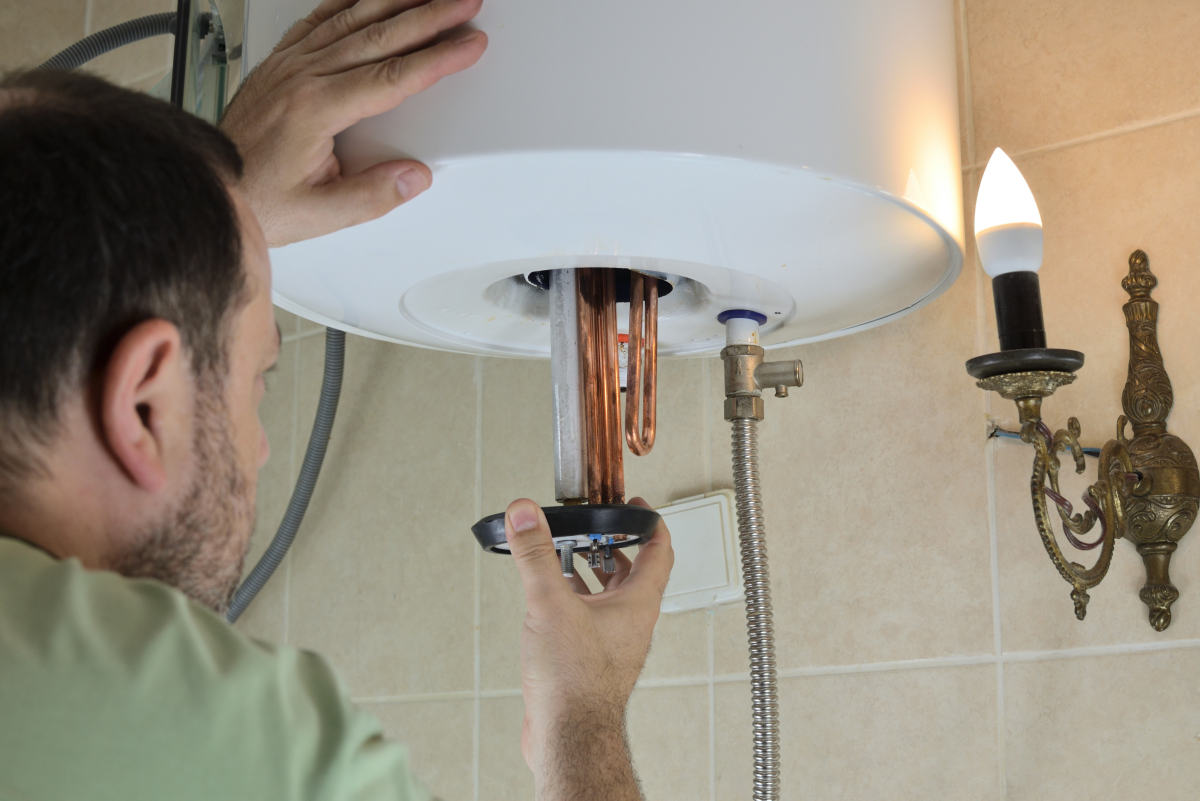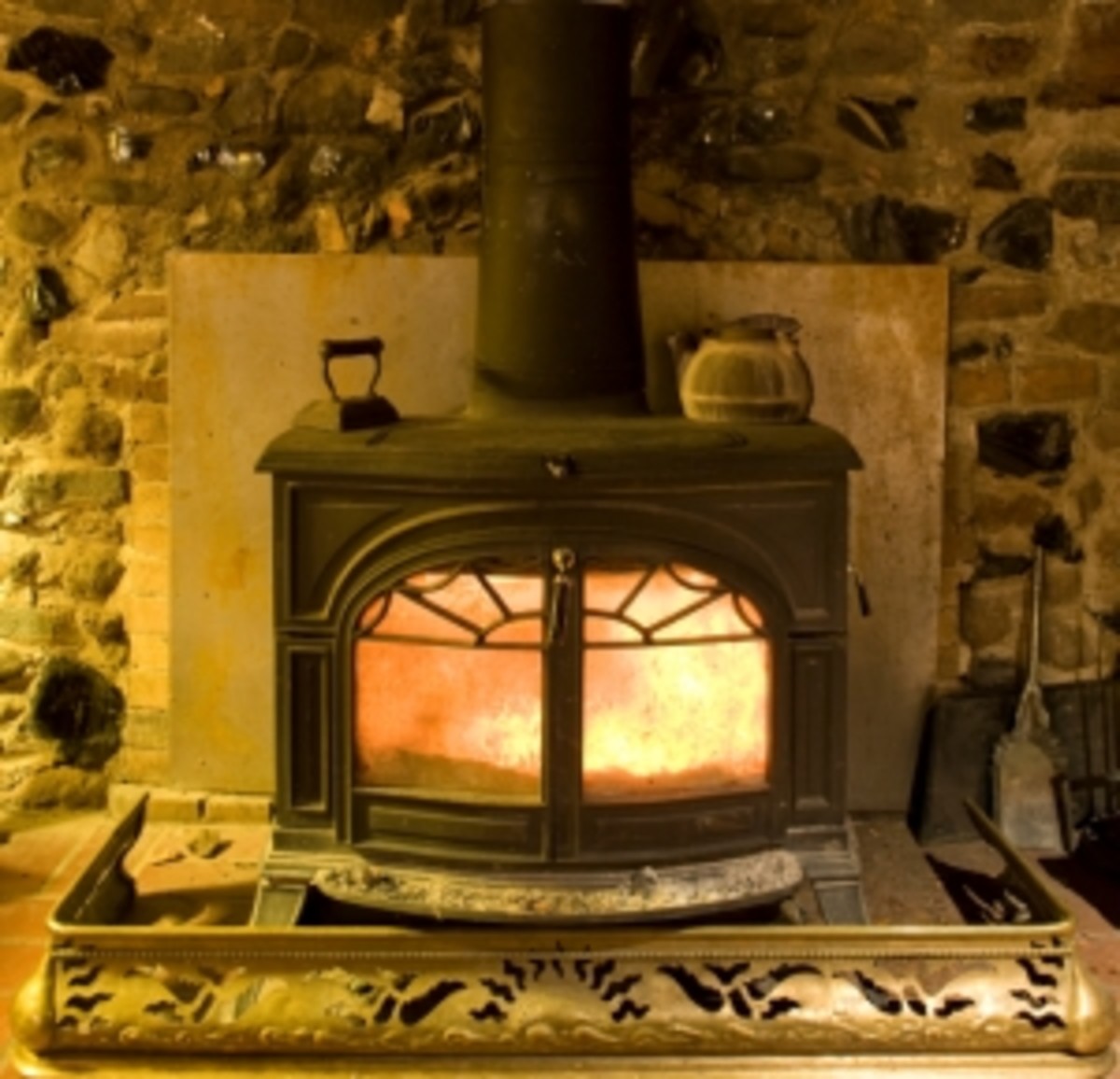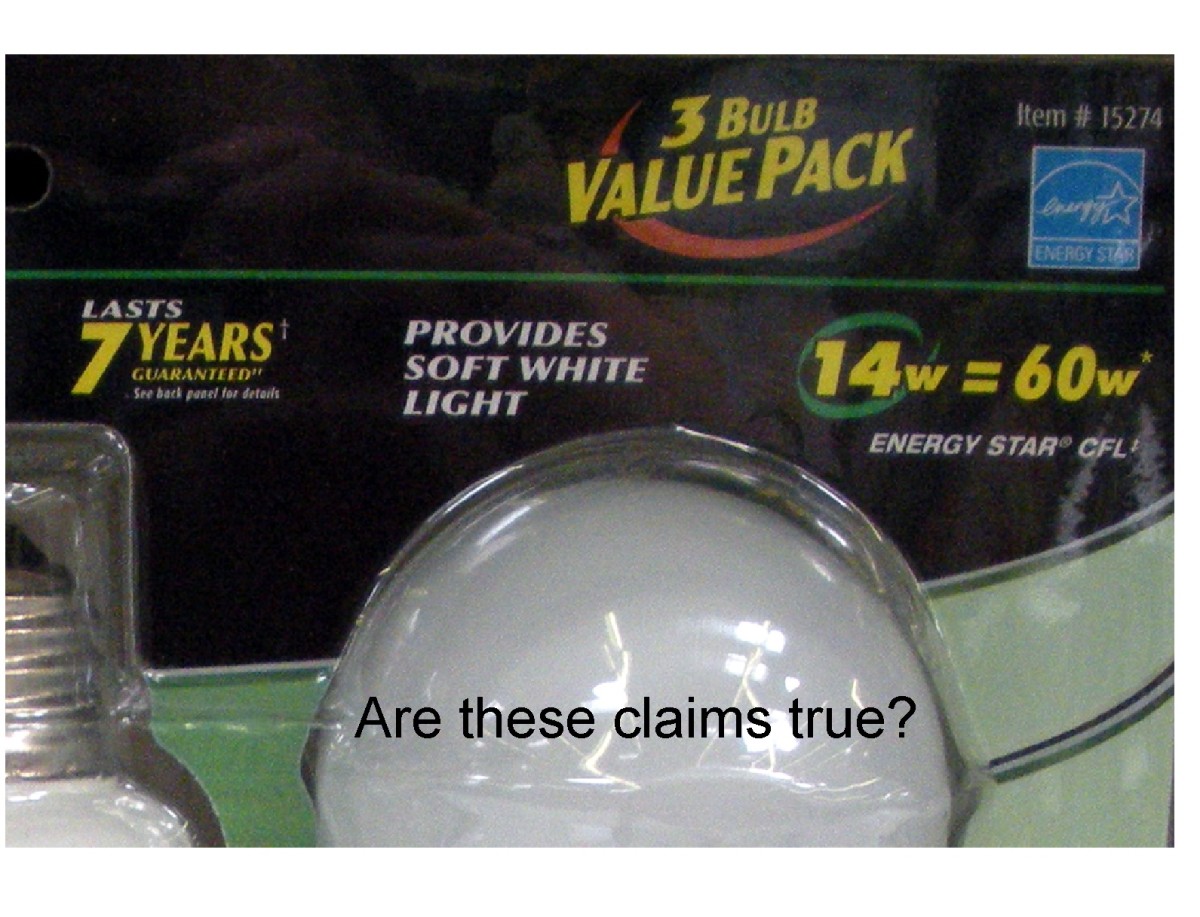Save Money on Heating by Upgrading your Resistance Heater to a Heat Pump
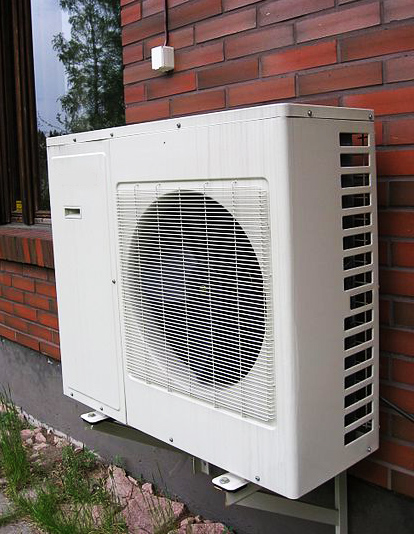
At a glance, an electric resistance heater and a heat pump might seem very similar. After all, they both consume electricity and provide a heating output. However, there are considerable differences among the underlying technologies. One of the most important differences is that a heat pump is, by design, much more energy efficient that a resistance heater of equivalent output:
- Resistance heaters operate by applying voltage to an electric resistance, creating a flow of current, hence their name. The current causes the resistance to heat up, warming the room where it is located.
- Heat pumps can best be described as reverse air conditioners. They are also based on the refrigeration cycle, with the difference that they release heat inside living or working spaces instead of outside.
Understanding Heating Efficiency
In thermal machines, there is a very important concept called the Coefficient of Performance, or COP. In simple words, the coefficient of performance is the ratio of heating (or cooling) output to electric power drawn. For example, a thermal machine that provides 2,500 watts of heating output and draws 1,000 watts of electricity has a COP of 2.5.
In the specific case of heat pumps, you might also come upon the Heating Seasonal Performance Factor, of HSPF. Like the COP, it also represents the ratio of heating output to energy input, with the difference that the HSPF measures the heating output in BTU and the electric energy input in watt-hours.
Regardless of which value is used, the same logic applies: a higher COP or HSPF means you will receive a higher heating output for a given amount of energy. Here is precisely where the main difference among resistance heaters and heat pumps lies.
Operation of a Resistance Heater
As described above, the operating principle of a resistance heater is simple. This technology, however, has a great disadvantage... every single watt of heating output must come from the electric utility. In technical terms, the resistance heater has a coefficient of performance of 1! This means that a resistance heater with 4,000 watts of heating output must draw 4,000 watts of electricity - not energy efficient at all.
Operation of a Heat Pump
On the other hand, a heat pump can be thought of as an inverse air conditioner or refrigerator. Thanks to the refrigeration cycle, a heat pump can provide a heating output that exceeds the electric power drawn, obtaining most of its heat from the environment. Highly efficient heat pump models can have a COP of up to 5, which means that if you require 4,000 watts of heating output you will only need an electric input of 800 watts.
Even if you are planning to purchase a lower efficiency model, you can expect a COP of at least 3. This means that you will cut down heating expenses by two-thirds after upgrading your electric resistance heater.
Comparison - Resistance Heater VS Heat Pump
In the scenario described above, replacing the 4000-watt resistance heater for a heat pump of equivalent capacity cuts energy costs by 80% while obtaining the same effect!
Another great advantage of the heat pump is that several models are reversible, and can operate as an air conditioner during the summer months. If you have an old air conditioner and an electric resistance heater, you can replace both with a heat pump and achieve considerable energy savings. In this scenario, electric power consumption is cut by 3,200 watts. Assuming an electric utility rate of $ 0.16 per kilowatt-hour, this is equivalent to saving $0.51 per hour of operation. If you multiply that number by the typical hours of use in a year, the savings are considerable!
If you live at a location with very cold winters, however, you might want to keep your resistance heater as backup. Heat pumps offer excellent savings, but are unable to operate effectively under extremely low temperatures. If you are faced with that scenario, you might want to turn on your resistance heater.
The following video provides an excellent visual description of how a heat pump operates:

